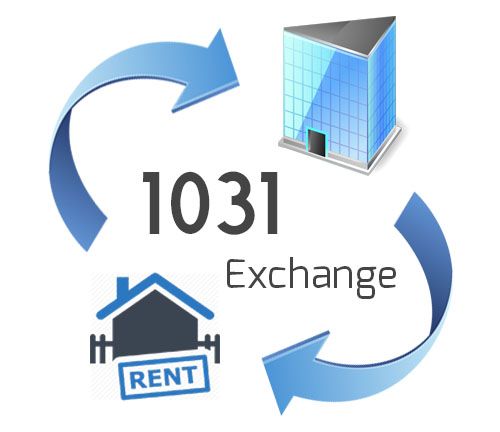How to calculate returns that work for YOU!
Some people are big picture people. Some people are detail oriented. Many of us fall somewhere in the middle. Not me- I am absolutely a big picture person, much to the chagrin of the people on my team who have to dot all of the “I’s” for me as I barrel from deal to deal. I don’t use spreadsheets to analyze deals, though we have many clients who operate using spreadsheets and very specific criteria. This is one of the beautiful things about investing in real estate- there are nearly infinite ways for you to make money and analyze your projected returns, your style, methods and expectations for returns can be totally unique to you. That said there are a few quick ways to determine if a deal could work, some of the most common are cash on cash return (CoC), raw cash flow, and cap rates.
Cash on cash return is one of the more simple ways to quickly determine if an investment will meet your expectations for a return. It is expressed as a percentage of return on the actual cash you bring to a deal- it does not take in to account the purchase price or projected appreciation and equity, simply the return on your cash. For example- if you are buying a property for $200k and paying 25% down, your cash investment is $50k and your return is based on that. If you clear $300 per month in rents after all of your expenses are paid, you would have a raw annual return of $3600 ($300 per month X 12 months. Your CoC return would be 7.2%, which is $3600 divided by your $50k investment.
Raw cash flow is another quick way to quickly analyze a deal- you simply subtract your monthly expenses from the projected rents and decide if that cash in your pocket every month is worth the effort to you. A couple of ways people try to quickly analyze deals in regards to raw cash flow is using the “1% rule.” The 1% rule simply implies that if your monthly rent is at least 1% of the purchase price, you’ll likely have at least positive cash flow. For instance, if you are buying a $200k property, if gross rents would be at least $2,000 per month, it meets the 1% rule. Keep in mind that there is typically a direct correlation between higher rents and lower priced properties. The higher that percentage, the lower the quality of property and tenant, appreciation is typically low or non existent on these properties and you are often dealing with more “hands on “ types of tenants.
Finally- for the purposes of this post, I’ll touch on Capitalization rates or “cap” rates. Many new investors, and even some experienced ones, don’t truly understand cap rates. The fact of the matter is, if you are buying residential rental properties- that is, properties with four or fewer units, cap rates have no place in your deal analysis. Cap rates are only applicable to commercial properties- they assign a value based on the income that the property produces. Residential properties are valued based on comps- what similar properties have sold for. Think of it this way- when the average person is buying a home, they don’t think of it in terms of how much income it will produce, and that is often your competition as a buyer. Cap rates will give you an false sense of the value of a residential property, unless you are buying commercial, you are better off using another metric.
When analyzing your returns, the best thing to keep in mind is what you are comfortable with- it doesn’t matter what anyone else thinks about your investment if it works for you. We’ve had many clients pass over great deals because it didn’t meet some arbitrary rule or an online calculator didn’t spit out an approval for you. Any investment involves some level of risk. Everyone has a different way of calculating their return and investing is very personal, it’s vital that an investor knows their own risk tolerance and how to operate within those boundaries.
Happy Investing!











